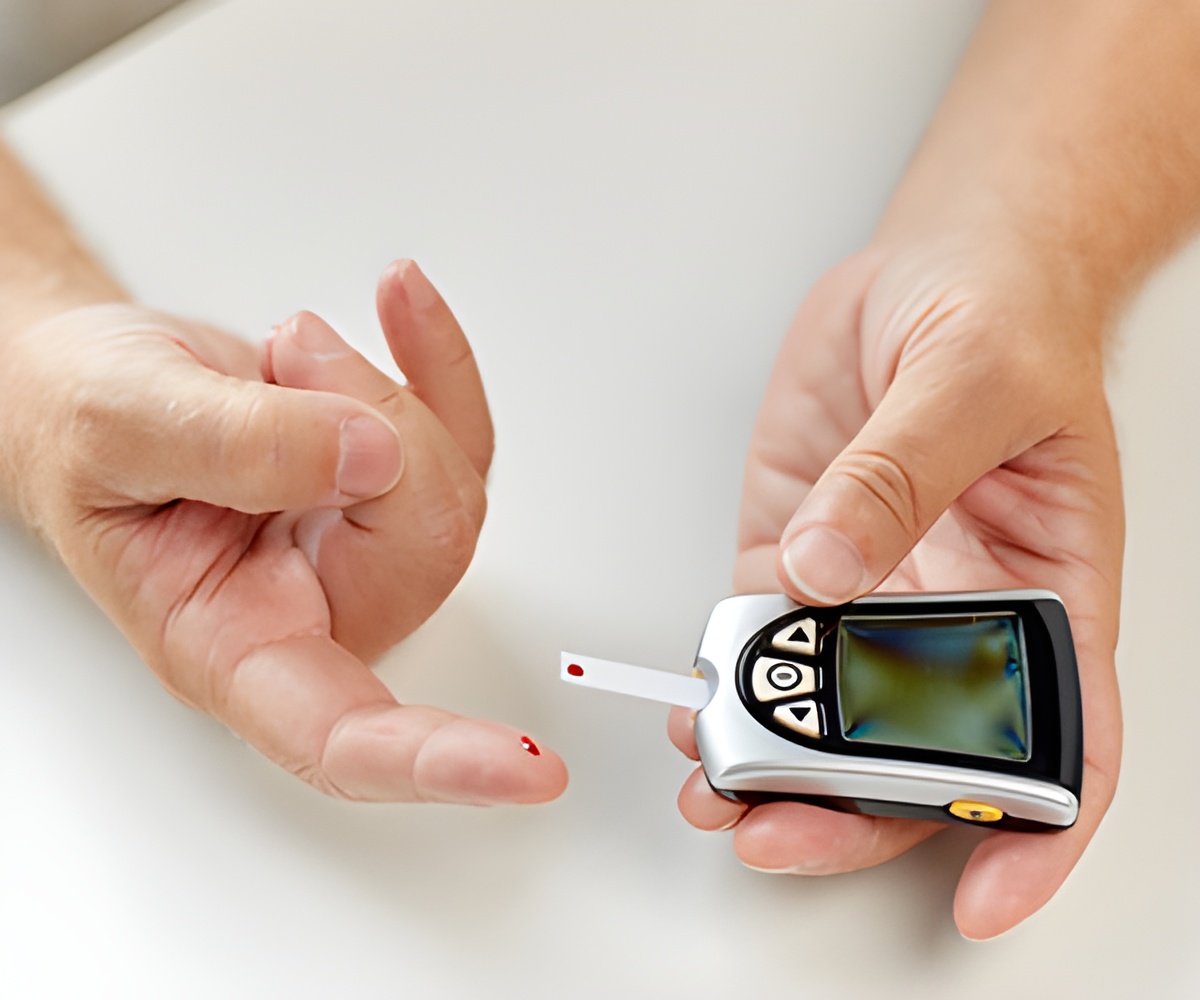Diabetic retinopathy is an eye disease affecting one-third of the estimated 30 million Americans who struggle with diabetes.

TOP INSIGHT
Diabetic retinopathy affects blood vessels in the light-sensitive tissue called the retina that lines the back of the eye. It is the most common cause of vision loss among people with diabetes and the leading cause of vision impairment and blindness among working-age adults.
"What is exciting about this study is that we and our collaborators identified a compound (NAV-2729) that inhibits ARF6, which is crucial for the development of diabetic retinopathy," explained co-first author Weiquan (Wendy) Zhu, Ph.D., research assistant professor in Internal Medicine at U of U Health.
Studies were conducted in rodents treated to simulate the diabetic condition. By injecting NAV-2729 into the eyes of these animals, vessel leakage, as well as, the overgrowth of blood vessels, another driver of disease, were significantly reduced.
The long-term efficacy of treatment remains unknown. It also remains to be determined whether the drug will be suitable as a therapeutic intervention for people.
"ARF6 acts like a traffic cop at a busy intersection within a cell," explained Dean Li, Ph.D., vice president, Head of Translational Medicine at Merck & Co. and senior author on the paper. Li is the former associate vice president and chief scientific officer at U of U Health and co-founder of Navigen Inc. "ARF6 orchestrates multiple inflammatory signals that contribute to inflammation common in many diseases, including diabetic eye disease."
Today, patients with diabetic eye disease can receive monthly anti-VEGF injections directly into the eye to reduce inflammation, a treatment that is successful in only 40 percent of patients. In the study, injections of NAV-2729 into the eyes of diabetic mice were more effective in reducing blood vessel leakage than the anti-VEGF injections.
Also new to this study, the researchers identified two proteins ? GEP100 and ARNO ? that play a critical role in the signaling process. These proteins activate ARF6 at two different locations in the cell to continue the signaling cycle.
"We think these results are important because they identified a mechanism by which ARF6 controls VEGF receptor signaling and therefore may have much broader implications, extending to other diseases that involve VEGF receptor activation, such as cancer," said Shannon Odelberg, Ph.D., research associate professor in Internal Medicine at U of U health and corresponding author on the study.
According to Odelberg, ARNO activates ARF6, which shuttles the VEGF receptor into the cell where its signal can be amplified. GEP100 activates ARF6 to recycle the VEGF receptor back to the outside of the cell where it can be reactivated for the signaling process to begin again. This signaling loop triggers disease by increasing blood vessel leak and the formation of new and weak blood vessels.
The team of researchers plan to continue to explore the role of ARF6 in other inflammatory diseases.
NAV-2729 was identified by A6, a subsidiary company of Navigen Inc, a Salt Lake City drug discovery and development company, whose research scientists contributed to this study. According to Zhu, A6 researchers are pushing forward with development of other compounds, which are more suitable as potential new treatments.
Source-Eurekalert
 MEDINDIA
MEDINDIA




 Email
Email










